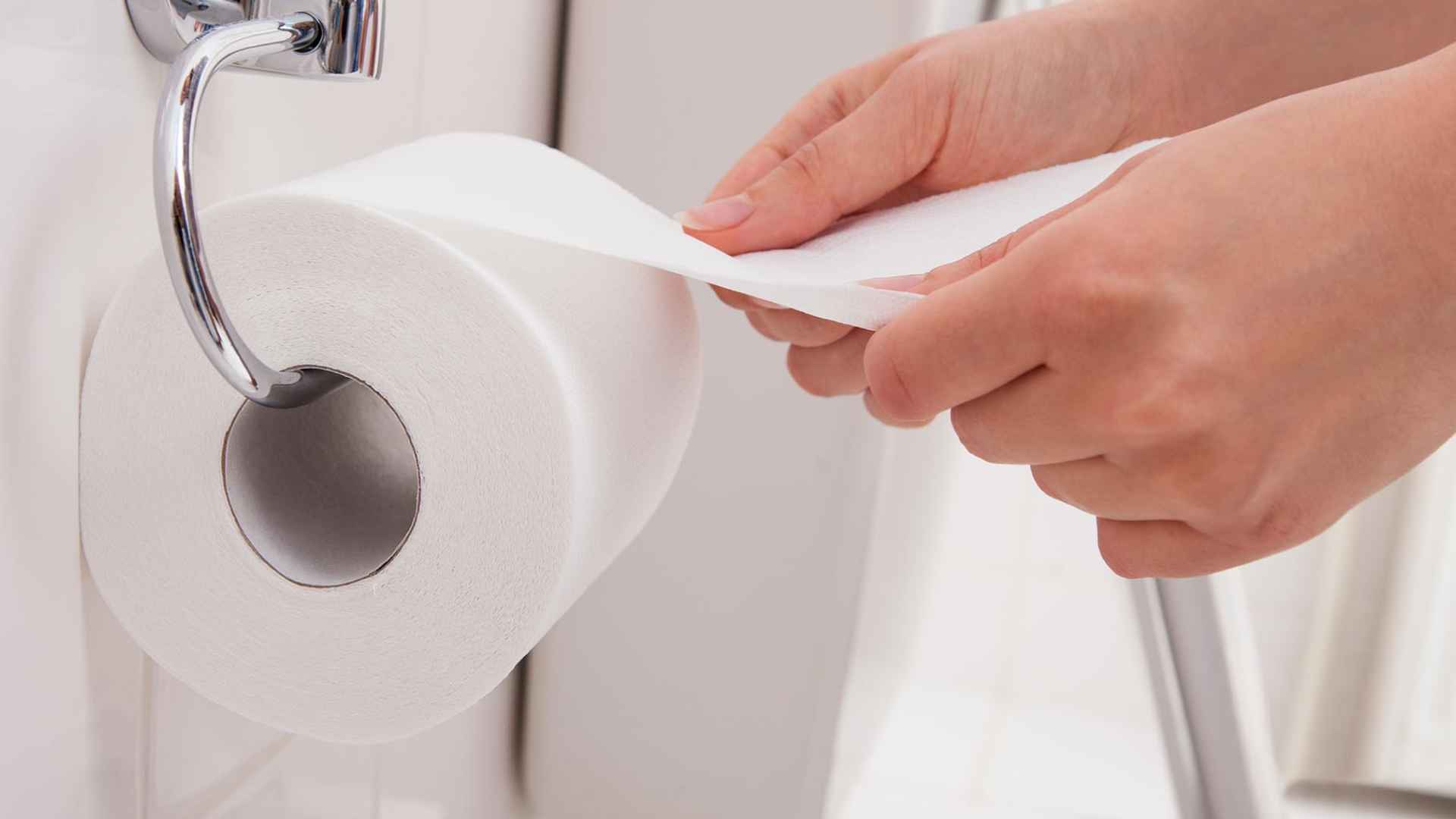Could a simple spray nozzle replace the mighty double-ply? Americans may soon find out.The COVID-19 panic buying of 2020 left store shelves bare and closets overflowing with tissue rolls. Five years later, a compact handheld bidet—nicknamed the bum gun—is racing across Asia and quietly challenging America’s century-old reliance on paper. How did we get here, and what’s at stake?
In short, mounting environmental worries, climbing prices, and a gadget that costs less than a family dinner are shaking up our bathroom routine. Here’s what every household should know before grabbing the next mega pack.
Why the humble handheld bidet could outshine even ultra-soft paper rolls
First, the math: the average American uses about 50 pounds of toilet tissue a year, much of it made from virgin pulp. Producing those fluffy sheets fells millions of trees and guzzles chlorine-laden water. The bum gun, by contrast, needs only a few cups of tap water per visit and no trees at all. Sounds too good to be true? Travelers returning from Thailand or Malaysia swear by the fresh, soap-free clean it delivers.
Comparing water use, waste, and cost between the bum gun and paper
Before switching, many readers ask, Will my water bill explode? Let’s crunch the numbers.
| Factor | Toilet paper (annual, per person) | Bum gun (annual, per person) |
|---|---|---|
| Trees consumed | ≈ 15–25 kg pulp | 0 kg |
| Water footprint | ≈ 37 gal. per roll in production | ≈ 2 gal. total for daily sprays |
| Household cost | $120–$180 | $30 nozzle + cents in water |
| Waste sent to sewer | ~57 lbs of tissue | Negligible |
As the table shows, overall resource use drops sharply. That’s why the European Union is eyeing deforestation rules that could make traditional rolls pricier—another nudge toward sprayers.
Cultural habits and marketing hurdles that brands must overcome in america
Let’s be honest: toilet paper is woven into U.S. advertising folklore, from squeezable rolls to dancing bears. Swapping it for water feels, well, foreign. Manufacturers now pitch starter kits that clip onto existing tanks, require zero plumbing skills, and arrive in pastel colors to match modern décor. Influencers on TikTok have already racked up millions of “day-one bum gun” reviews—proof that curiosity is bubbling.
Still not convinced? Health experts note that rinsing reduces skin irritation and limits sewer clogs caused by so-called “flushable” wipes. Some plumbers even offer discounts if clients install sprayers, arguing it saves their pipes—and wallets—down the line.
What happens next and how to try the trend safely at home
- Assess your bathroom: Almost every standard U.S. toilet has a threaded fill valve—ideal for a quick hose connection.
- Choose stainless-steel parts: They last longer and resist hard-water buildup.
- Test the pressure gently: Start slow; you’ll find the sweet spot in a day or two.
Consequently, industry analysts expect sprayer sales in North America to triple by 2028. Whether that spells the demise of the beloved roll remains to be seen, but one thing is clear: sustainability often begins with small, everyday decisions—sometimes as small as a thumb-sized trigger beside the tank.

